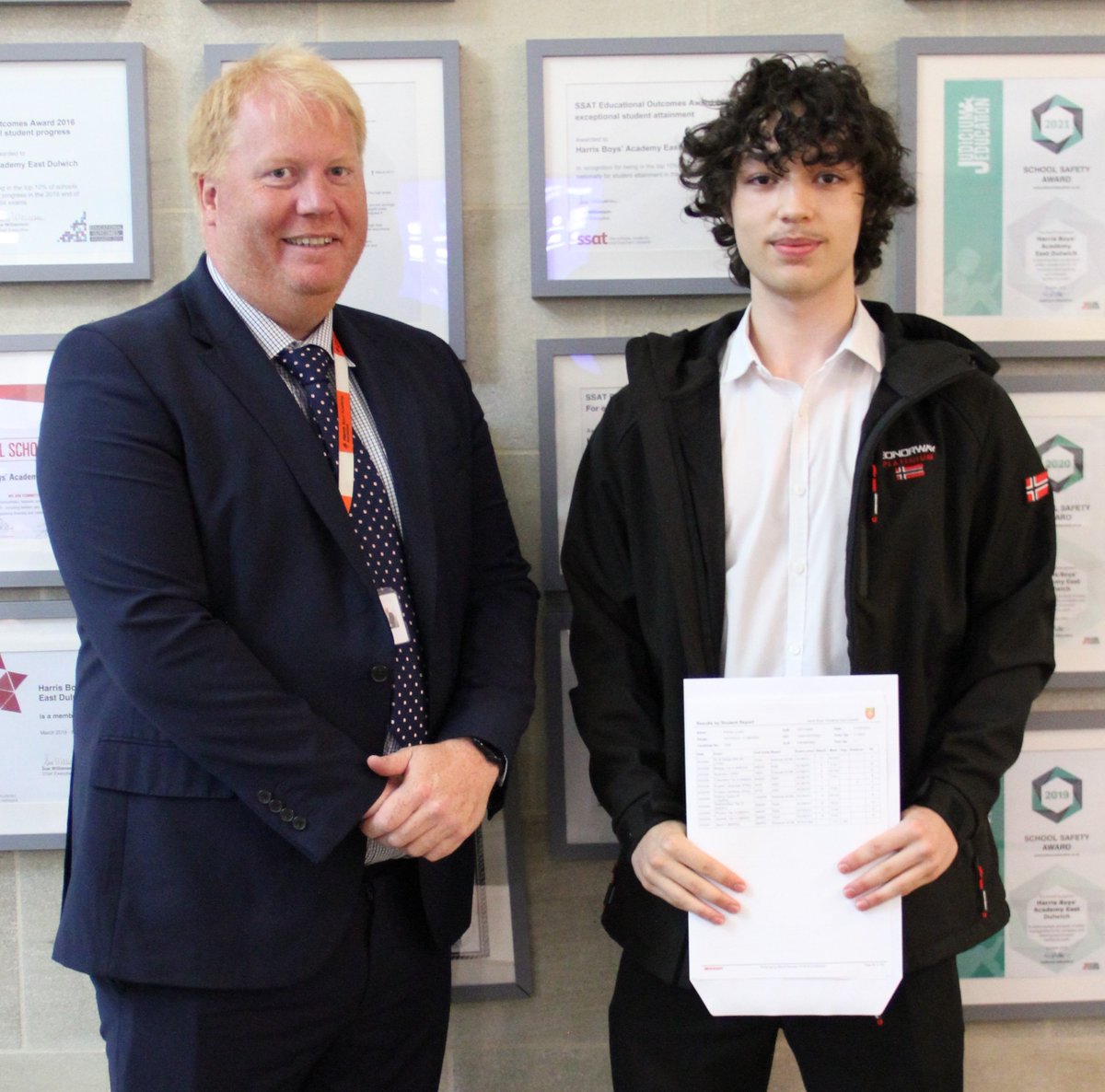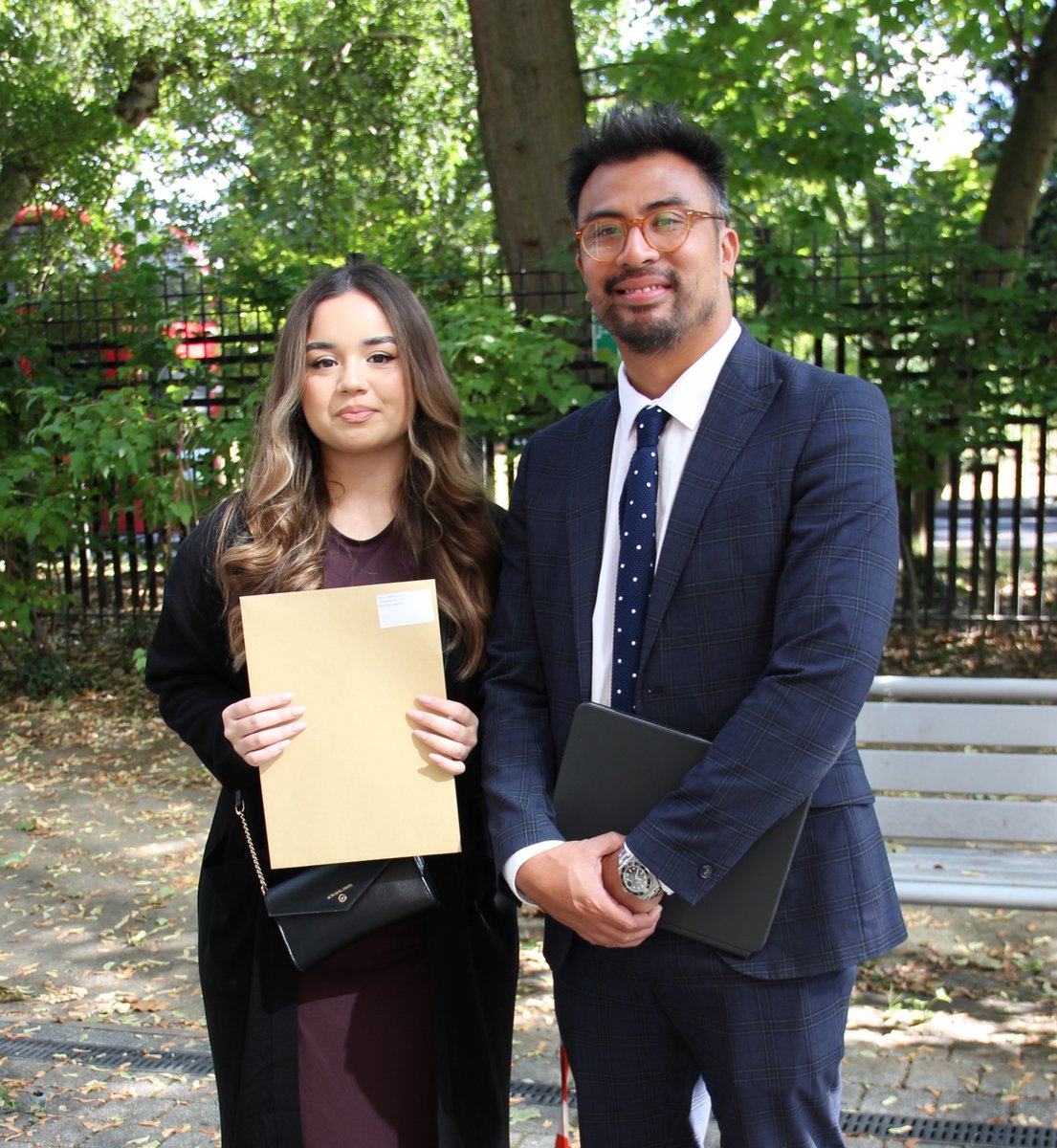Latest News
Posted on July 19th 2022
Year 8 Geographers Investigate Sustainability of Our Area
Year 8 students went on a fieldwork study around Peckham and Nunhead recently as part of their investigation into the sustainability of our local area.
This broadened their understanding of their local area through geography and gave them the chance to come up with some hypotheses, and agree on which ones were more suitable to assess sustainability. The fieldwork is part of our broad curriculum, and also connected to the academy theme of developing Active Citizens.
The chosen areas for the sustainability investigation were traffic, environmental quality, noise levels and pollution.

Before the outdoor data collection exercises, students had identified specific points within the local area where the data would be collected. Data was collected at Nigel Road junction, Goose Green, Peckham Rye Station, Nunhead Green, Peckham Rye Park and the Herne Tavern by Dunstan’s Road.
At each of these sites, students measured the noise levels using a noise metre on a smart phone. They also counted and tallied the number of vehicles for each type of transport seen within intervals of five minutes and did this three times. This gave them an average of the common mode of transport at each of the sites. Lastly, they carried out the environmental quality survey by giving a score against key indicators such as dereliction, evidence of vandalism, littering, parking availability, density of housing and greenery.

On a warm day, students were excited to seek knowledge while out of the regular classroom. They worked in groups to develop their teamwork skills while they also had to independently collect and process the data.
One of the students noted that it "was a long walk, but worth it because we managed to secure some good data that is helpful in making the right conclusions."
Following this data collection exercise, the students then processed the data by choosing the most suitable and simple data presentation techniques such as the grouped bar graphs for the EQS and line graphs for the noise levels, which they then analysed before making conclusions. Some of the conclusions are seen in the students’ work.
Jonathan Maserejje
Director of Humanities/ Head of Geography






















